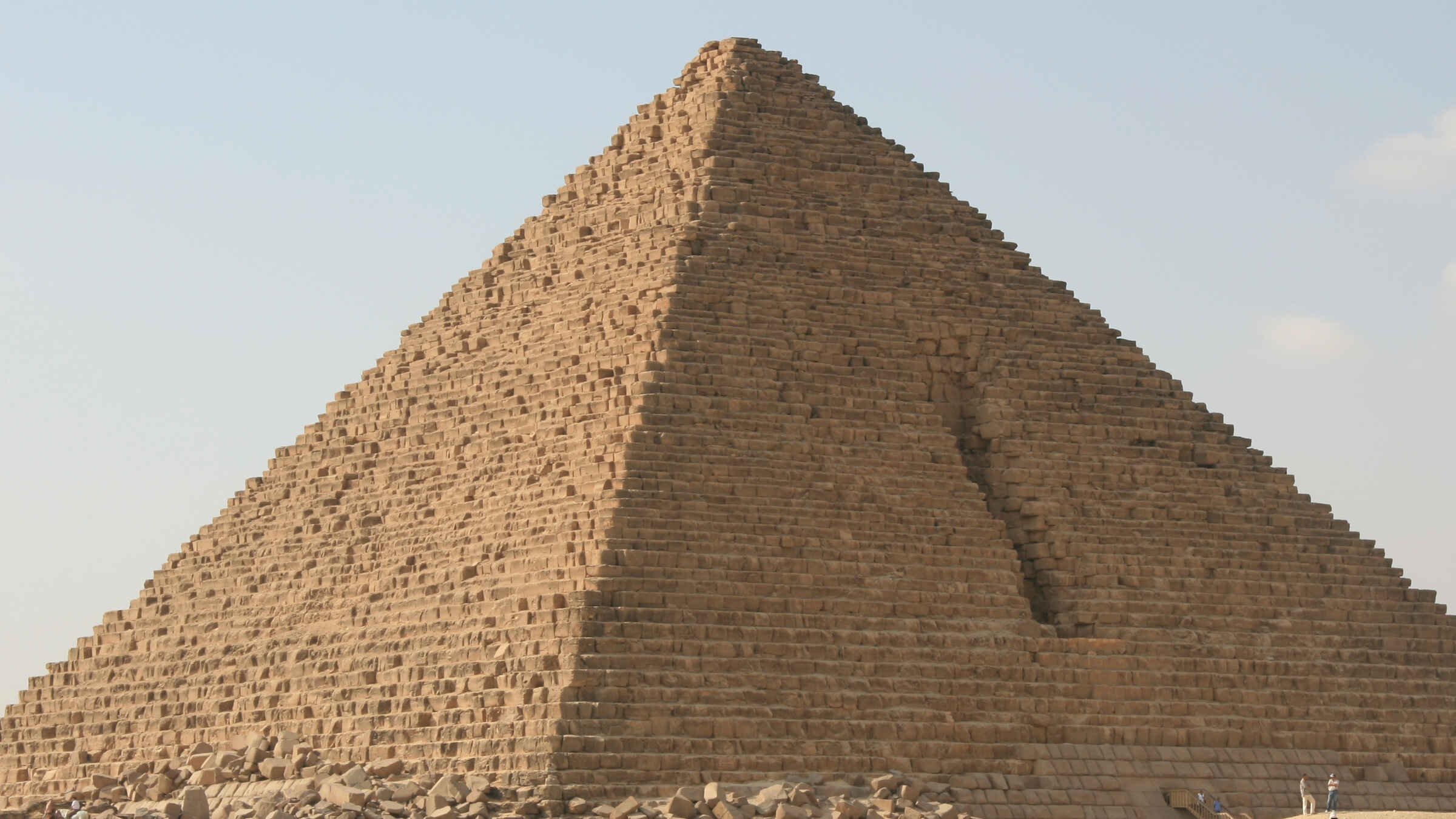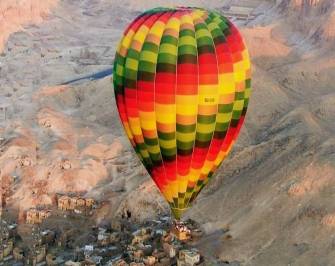4 Day Cairo Tour Package from Hurghada
From USD 1'000
+6 Additional options
Day 1-arrival Day 2nd March
Marsa Alam Tours representative will meet & assist you at Hurghada International Airport at 2:30 am, Transfer to cairo by private air-conditioned vehicle arrive about 9 am
Giza Pyramids Complex
Our tour guide will accompany you to visit the Pyramids of Giza
First, you will visit the Great Pyramid of Giza (also known as the Pyramid of Khufu or the Pyramid of Cheops ) is the oldest and largest of the pyramids in the Giza pyramid complex. It is the oldest of the Seven Wonders of the Ancient World, and the only one to remain largely intact.

The great pyramid was built as a tomb for the Fourth Dynasty Egyptian pharaoh Khufu and estimated that it was built in the 26th century BC during a period of around 27 years.
Initially standing at 146.5 meters (481 feet), the Great Pyramid was the tallest man-made structure in the world for more than 3,800 years. Throughout history, the majority of the smooth white limestone casing was removed, which lowered the pyramid's height to the present 138.5 meters. What is seen today is the underlying core structure. The base was measured to be about 230.3 meters (755.6 ft) square, giving a volume of roughly 2.6 million cubic meters (92 million cubic feet), which includes an internal hillock
If you wish to visit the burial chamber of King Cheops. You can ask the tour guide to buy it for you it costs 440 l. E per person( 25 $ per person)

Then we will visit the Pyramid of Chephren or Khafre. This r is the second-tallest and second-largest of the 3 Ancient Egyptian Pyramids of Giza and the tomb of the Fourth-Dynasty pharaoh Khafre (Chefren), who ruled c. 2558−2532 BC.

Then we will visit the Pyramid of Mykerinus.

Enjoy a Panoramic View of the 3 Pyramids of Giza

We go head to visit the Valley Temple of king Chephren. While doing that you can have a closer look at the Great Sphinx - the legendary guardian that stands by the huge funeral complex with its lion body and the head of king Chephren.
Grand Museum
we offer limited tours to test site readiness and the visitor experience ahead of the official opening. Access is currently limited to the Grand Hall, commercial area, and exterior gardens. All other interior spaces, including access to the galleries and collections, are restricted until the official opening.
. After that You will go to a local restaurant to have your lunch before you visit the Museum then you will visit the Egyptian Museum in El Tahrir

► The Egyptian Museum
It exhibits a rare collection of over 250,000 genuine artifacts that date as far back as 5000 years, including an exclusive exhibit dedicated to Tutankhamen - A collection of treasures, gold, and jewelry that were buried in his tomb for over 3,500 years before they were discovered in 1920 when his tomb was excavated.
after visiting the Museum you will go to Cairo airport to fly to Aswan overnight in pyramisa hotel
► Day 2 Abu Simbel from Aswan:3rd March
Early Visit to Abu Simbel from Aswan► Abu Simbel temples:
The two temples of Ramses the second and the Queen Nefertari were carved out of the Mountain on the west bank of the Nile between 1274 and 1244 B.c, The Great Temple was dedicated to Ramses the second, Ra-Harakhty, Amun Ra, and Ptah, with 4 Colossal statues, The second temple was dedicated to The Queen Nefertari and Goddess Hathor, the two temples were dismantled stone by stone and rebuilt on higher ground, The preservation of the two temples of Abu Simbel must Rank as the greatest Achievement of the Unesco.
Lunch in Aswan
Today you will visit Aswan attractions, including the Temple of Philae, and tour by Felucca around Elephantine, the High Dam, the Unfinished Obelisk
► Phiala temple:
Built to honor the goddess Isis, this was the last temple built in the classical Egyptian style. Construction began around 690 BC, and it was one of the last outposts where the goddess was worshipped.
► The high dam:
Aswan High Dam is a rock-fill dam located at the northern border between Egypt and Sudan. The dam is fed by the River Nile and the reservoir forms Lake Nasser. Construction for the project began in 1960 and was completed in 1968. It was officially inaugurated in 1971.
►The Unfinished Obelisk :
Aswan was the source of ancient Egypt’s finest granite, used to make statues and embellish temples, pyramids, and obelisks. The large unfinished obelisk in the Northern Quarries has provided valuable insight into how these monuments were created, although the full construction process is still not entirely clear. Three sides of the shaft, nearly 42m long, were completed except for the inscriptions. At 1168 tonnes, the completed obelisk would have been the single heaviest piece of stone the Egyptians ever fashioned.
at 16:00 sailing trip with Felucca around Elphinatine island and Visit Lord Kitchener island- An optional trip to visit the Nubian village
The Nubian village is one of Aswan's attractions. It's worth visiting and spending 2 hours. The place is very authentic and genuine, Colorful and artistic, the Nubian Village will surprise you in every corner! While walking in the village, you will straight away feel the soul of this place!
overnight in aswan
► Day 3 Kom ombo and Edfu
Kom Ombo and Edfu -Luxor
At 7 am start your tour
The temple and the associated settlement site are located 40 K.m north of Aswan, the temple was dedicated to the deities Sobek and Horus and date mainly to the Ptolemaic and Roman periods (332 B.b -395 A.c)
then proceeded to Edfu temple
Edfu temple :
The upper Egyptian site is dominated by a large well -Preserved temple, dedicated to the hawk-God Horus, The Construction of Ptolemaic temple of Horus, which was founded on the site of a much earlier temple, dated to the period between the reigns of Ptolemy the Third(246 B.c), The descriptions on the walls include the Myth of contending of Horus and Seth(Probably performed annually as a religious Drama.
drive to Luxor lunch on the way
► Karnak Temple :
Karnak is more than A temple, is a spectacular Complex of Sanctuaries, Kiosks, Pylons, and Obelisks, All dedicated to the Theban gods and to the Greater Glory of Egypt`s Pharaohs, Karnak was the Most Important place for the worship of the Theban Triad(Amun, Mut, and Khonso)
Luxor Temple:
Largely built by the New Kingdom Pharaoh Amenhotep the Third and Completed by King Tutankhamon and the Great King Ramses the second, The First pylon was raised by Ramses the Second and Decorated with His Military Battle of Kadesh
overnight in luxor
►Day 4 West bank and Dendera temple
Optional trip Balloon ride over the Valley of the Kings 100 $ per person
Breakfast at your hotel then visit the west bank of Luxor and Karnak
► The Valley of the Kings:
Once called the great Place of the Truth, this valley is Called now the valley of the Kings, It is a Majestic domain of the Pharaohs who once lay in great stone Sarcophagi, awaiting immortality, The isolated valley behind Deir el Bahri is dominated by the Pyramid-Shaped Mountain Peak
► The Queen Hatshepsut temple :
Rising out of the desert Plain, in a series of terraces, The temple of Hatshepsut Mergs with sheer limestone cliffs on the eastern face of the Theban Mountain as if Nature herself had built this Extraordinary monument.
► The colossi of Memnon:
Massive pair statues Known as the Colossi of Memnon, Rising about 18 M from the plain, are the remains of what was once the largest complex on the west bank, Built by Amenhotep the Third
After the visit head to the Dendera temple on the way to Hurghada
Visit Dendera temple
Arrive at Dendera at 08: 30, You will be accompanied by an Egyptologist tour guide, He will explain the history of the temple
Dendera temple
The Temple of Hathor was largely constructed during the Late Ptolemaic period, specifically during the reign of Ptolemy XII and Cleopatra VII. Later additions were made during the Roman period. Although built by a dynasty of rulers who were not native Egyptians themselves, the design of this temple is that of other classical Egyptian temples, except the front of the hypostyle hall, which, according to an inscription above the entrance, was constructed by Emperor Tiberius.
Apart from these, there are also scenes in the temple complex portraying the Ptolemaic rulers. For example, carved onto the external face of one of the temple walls is a huge relief of Cleopatra VII and her son by Julius Caesar and co-ruler, Ptolemy XV (better known as Caesarion). The two Ptolemaic rulers are shown dressed in Egyptian garb and offering sacrifices.
Hathor was also regarded as a goddess of healing, and this is evident in the presence of a sanatorium in the temple complex. Here, pilgrims would come to be cured by the goddess. Sacred water (which was made holy by having it poured onto statues inscribed with sacred texts) was used for bathing, unguents were dispensed by the priests of Hathor, and sleeping quarters were provided for those hoping that the goddess would appear in their dreams, and so aid them.
transfer to Hurghada .

Highlights
- ► The Pyramids of Giza
- ► The Sphinx
- ► Egyptian Museum
- ► Grand museum
- ► Abu Simbel
- ► Aswan attractions
- ► Luxor
- ► The valley of kings
- ► Karnak temple
- ► Luxor temple
- ►ll transfers by a private air-conditioned vehicle.
- ►Pick up services from your hotel & return
- ►Private English-speaking Egyptologist guide
- ►Entrance fees to all the mentioned sites
- ►Lunch meals will be served in a local restaurant.
- ►Bottled water on board the vehicle during the tour
- ►Shopping tours in Cairo
- ►All Service charges & taxes
- ►3 nights5 stars nile cruise between Aswan and luxor
- ► 1 night in Luxor
- ►domestic flight from cairo to Aswan
Exclusions:
-
►Any Extras not mentioned in the itinerary
- ►drinks at restaurants
Please remember to bring:
-
sunscreen
- sunglasses
Route
- Cairo
- Alexandria
- Cairo



